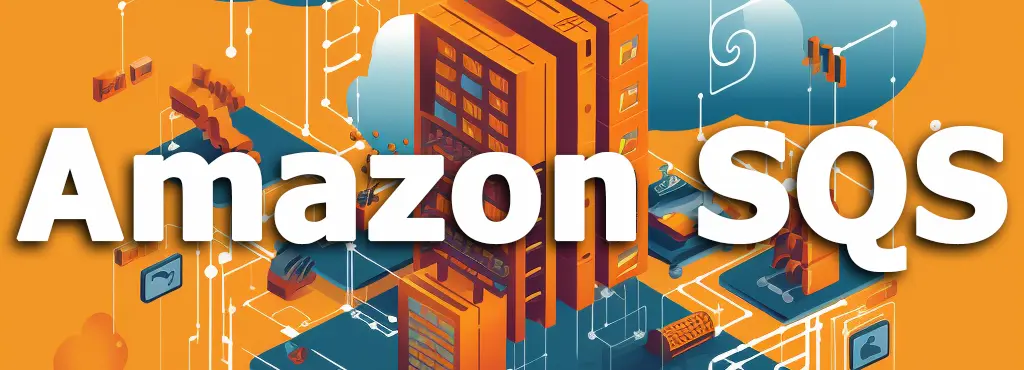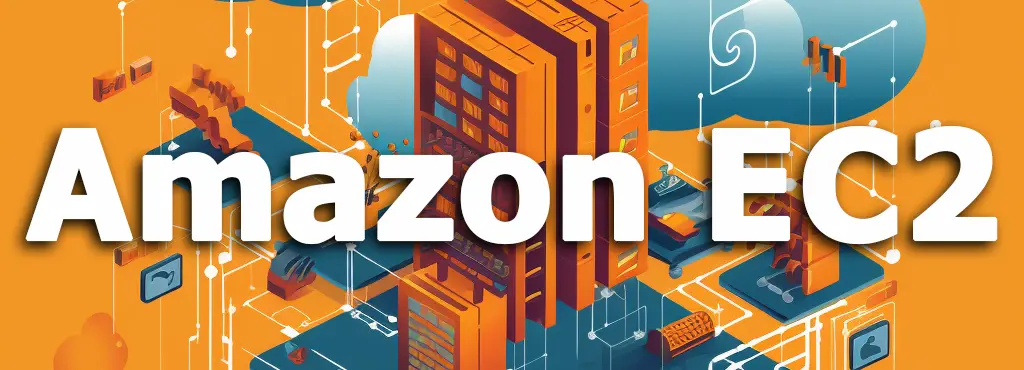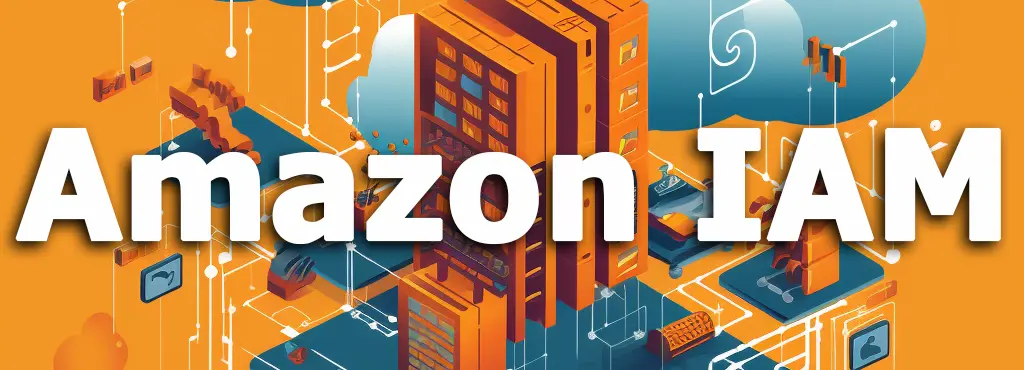Amazon API Gateway
Amazon API Gateway - is a fully managed service that makes it easy for developers to create, publish, maintain, monitor, and secure APIs at any scale. It allows you to create RESTful APIs and WebSocket APIs that enable real-time two-way communication applications. With API Gateway, you can create robust, secure APIs that act as a "front door" for applications to access data, business logic, or functionality from your backend services.
Key definitions for Amazon API Gateway:
-
HTTP API
A lightweight, low-latency API proxy for HTTP backends, often used for creating modern web applications.
-
REST API
A set of HTTP-based endpoints with predictable URLs to access resources, which represent server-side functionality.
-
WebSocket API
Enables real-time, two-way communication between client applications and the backend.
-
Stage
A named reference to a deployment, which represents different environments such as development, staging, and production.
-
Endpoint
A specific URL path that maps to a backend service.
-
Method
An HTTP method (GET, POST, PUT, DELETE, etc.) that is associated with an endpoint.
-
Integration
The connection between the API Gateway and the backend service that handles requests. Integrations can be HTTP, Lambda, Mock, HTTP_PROXY, or AWS_PROXY.
-
Resource
A part of the API's URL path that represents a specific function or data entity.
Service integrates with:
Usage use cases
-
Microservices Architecture.
To expose microservices running in containers or serverless functions.
-
Serverless Applications.
To create APIs that trigger AWS Lambda functions for serverless operations.
-
Mobile Backend.
To provide a secure and scalable backend for mobile applications.
-
Web Applications.
To serve as a backend for single-page applications (SPAs) and progressive web apps (PWAs).
-
Third-Party API Integration.
To act as a proxy to external APIs, adding an additional layer of security and analytics.
-
IoT Applications.
To manage communication between IoT devices and cloud services.
-
Legacy System Modernization.
To modernize access to legacy systems by wrapping them with RESTful APIs.
-
Automated Workflows.
To trigger workflows and integrate with services like AWS Step Functions.
FAQ for Amazon API Gateway
-
What is AWS API Gateway?
AWS API Gateway is a managed service for creating, publishing, maintaining, monitoring, and securing APIs at any scale. It acts as a "front door" for applications to access backend services. -
Which backend services can AWS API Gateway integrate with?
AWS API Gateway can integrate with AWS Lambda, Amazon EC2, DynamoDB, S3, Kinesis, Step Functions, SNS, SQS, IAM, CloudWatch, and WAF. -
What are some common use cases for AWS API Gateway?
Common use cases include microservices architecture, serverless applications, mobile backends, web applications, third-party API integration, IoT applications, legacy system modernization, and automated workflows.









